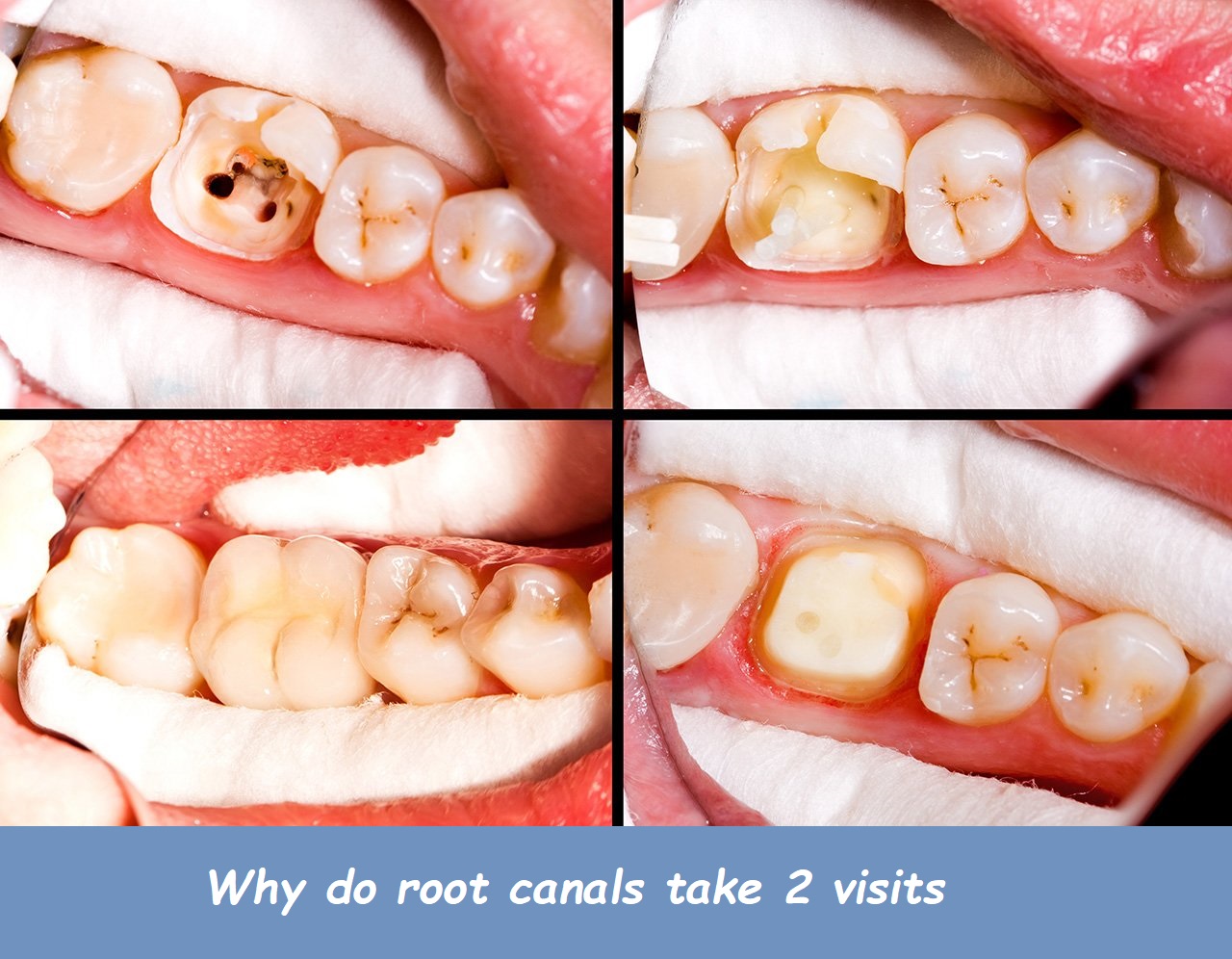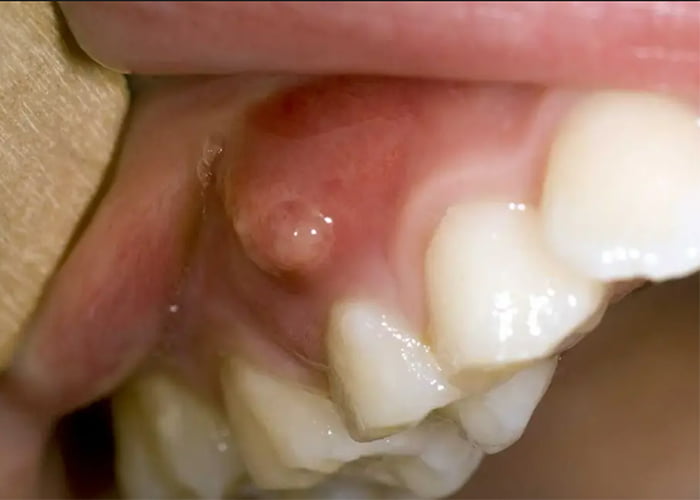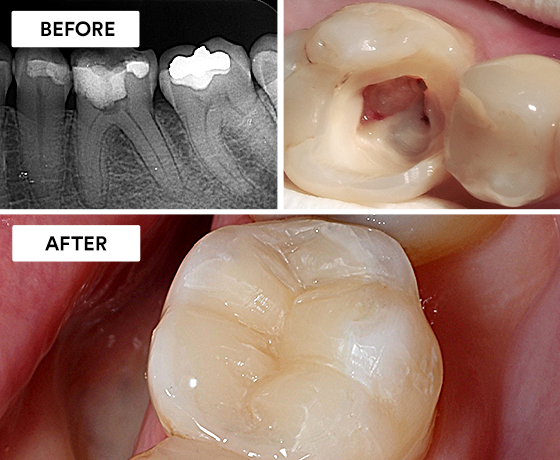Why do root canals take 2 visits

Why Do Root Canals Take Two Visits? Understanding the Process and Benefits.
Root canal treatments are essential procedures designed to save damaged or infected teeth. However, many patients are surprised to learn that root canals often require two visits to the dentist. Understanding why this is necessary can alleviate concerns and help patients appreciate the thoroughness and effectiveness of the treatment. This comprehensive guide will explore the reasons behind the two-visit approach to root canal therapy, the process involved, and the benefits of this method.
What is a Root Canal?
A root canal is a dental procedure that removes infected or damaged pulp from inside a tooth. The pulp is the soft tissue within the tooth containing nerves, blood vessels, and connective tissue. When the pulp becomes infected or inflamed due to deep decay, repeated dental procedures, or cracks and chips in the tooth, a root canal is necessary to save the tooth and prevent further infection.
The Two-Visit Root Canal Process
- Initial Examination and Diagnosis
- Consultation and X-Rays: The first visit typically begins with a thorough examination and diagnostic process. This includes discussing the patient’s symptoms, taking X-rays to assess the extent of the infection or damage, and determining the best course of action.
- Treatment Plan: Based on the findings, the dentist will develop a treatment plan. This plan outlines the steps involved in the root canal procedure and explains why multiple visits may be necessary.
- First Visit: Cleaning and Shaping the Root Canal
- Anesthesia: The procedure begins with administering local anesthesia to numb the affected area, ensuring the patient is comfortable and pain-free throughout the treatment.
- Access Opening: The dentist creates an opening in the crown of the tooth to access the pulp chamber and root canals.
- Removing the Infected Pulp: Using specialized instruments, the dentist removes the infected or damaged pulp from the pulp chamber and root canals.
- Cleaning and Disinfecting: The empty canals are thoroughly cleaned and disinfected to eliminate any remaining bacteria and prevent further infection.
- Shaping the Canals: The dentist shapes the canals to prepare them for filling. This involves enlarging and smoothing the canals to ensure a proper fit for the filling material.
- Temporary Filling: A temporary filling is placed in the tooth to seal the opening and protect the canals until the next visit. This temporary seal helps prevent contamination and allows the tooth to stabilize.
- Second Visit: Filling and Sealing the Root Canal
- Removing the Temporary Filling: At the beginning of the second visit, the dentist removes the temporary filling to access the cleaned and shaped canals.
- Filling the Canals: The dentist fills the canals with a biocompatible material, usually gutta-percha, which is a rubber-like substance that provides a tight seal.
- Sealing the Tooth: The canals are sealed with a sealer to ensure that no bacteria can re-enter and cause reinfection.
- Restoring the Tooth: Finally, the dentist places a permanent filling or crown on the tooth to restore its structure, function, and appearance. This step ensures that the tooth can withstand normal chewing forces and looks aesthetically pleasing.
Why Two Visits Are Necessary
- Ensuring Thorough Cleaning and Disinfection
- Complete Bacterial Elimination: The primary goal of a root canal is to remove all bacteria from the infected tooth. A single visit might not be sufficient to achieve complete disinfection, especially in cases of severe infection. Multiple visits allow the dentist to ensure that all bacteria are eliminated, reducing the risk of reinfection.
- Complex Canal Systems: Teeth have complex root canal systems with multiple canals and tiny branches. Thoroughly cleaning and shaping these intricate canals often requires more time and precision than a single visit can provide.
- Allowing for Medication to Work
- Intracanal Medication: In some cases, the dentist may place medication inside the cleaned canals to kill any remaining bacteria and promote healing. This medication needs time to work effectively, making a second visit necessary to complete the treatment.
- Reducing Inflammation: The time between visits allows the inflammation and infection to subside. This can make the second visit more comfortable and increase the chances of a successful outcome.
- Monitoring Healing and Progress
- Assessing the Tooth’s Response: The period between visits allows the dentist to monitor the tooth’s response to the initial treatment. This can help identify any complications early and adjust the treatment plan if needed.
- Ensuring Stability: The temporary filling provides a protective barrier that allows the tooth to stabilize before the final restoration. This helps ensure that the tooth is ready for the permanent filling or crown, reducing the risk of complications.
- Customized Treatment
- Tailoring the Procedure: Every tooth and infection is unique, and a two-visit approach allows the dentist to tailor the procedure to the specific needs of the patient. This personalized care can improve the treatment’s effectiveness and the patient’s overall experience.
- Addressing Unexpected Issues: Sometimes, unexpected issues such as additional canals, calcified canals, or more extensive infection than initially anticipated may be discovered during the first visit. A two-visit approach allows the dentist to address these issues without rushing the treatment.
Benefits of the Two-Visit Approach
- Higher Success Rates
- Thorough Treatment: The two-visit approach allows for a more thorough and meticulous treatment process, leading to higher success rates and better long-term outcomes.
- Reduced Risk of Reinfection: By ensuring complete disinfection and proper sealing, the risk of reinfection is significantly reduced, contributing to the overall success of the root canal.
- Increased Comfort
- Less Pain and Discomfort: Dividing the procedure into two visits can reduce the duration of each appointment, making the treatment more comfortable for the patient. This is especially beneficial for those with dental anxiety or sensitivity.
- Better Pain Management: The time between visits allows for better pain management and healing, leading to a more comfortable experience overall.
- Customized Care
- Personalized Treatment Plans: The two-visit approach allows the dentist to create a personalized treatment plan tailored to the patient’s specific needs. This can lead to more effective and efficient treatment.
- Flexibility for Patients: Scheduling two visits provides flexibility for patients who may have time constraints or other commitments.
- Improved Long-Term Outcomes
- Stronger Restoration: Allowing time for the tooth to stabilize before placing the final restoration ensures that the tooth is strong and well-prepared to withstand normal chewing forces.
- Aesthetically Pleasing Results: The two-visit approach allows for careful planning and execution of the final restoration, resulting in a tooth that not only functions well but also looks natural and aesthetically pleasing.
Common Questions About the Two-Visit Root Canal Process
1. Can a root canal be completed in one visit?
- While some root canals can be completed in one visit, particularly those with straightforward cases, the two-visit approach is often preferred for more complex or severe infections to ensure thorough treatment and better long-term outcomes.
2. What happens if the temporary filling falls out before the second visit?
- If the temporary filling falls out, contact your dentist immediately. They will advise you on the next steps, which may include scheduling an earlier appointment to replace the filling and protect the tooth.
3. How should I care for my tooth between visits?
- Follow your dentist’s instructions carefully. This typically includes avoiding chewing on the treated tooth, maintaining good oral hygiene, and taking any prescribed medications as directed. Avoid hard, sticky, or crunchy foods that could dislodge the temporary filling.
4. Is there a risk of reinfection between visits?
- The risk of reinfection is minimized by the temporary filling and any intracanal medication placed by your dentist. However, it’s essential to follow post-operative care instructions to reduce the risk further.
5. What if I experience pain or discomfort between visits?
- Mild discomfort or sensitivity is common after the first visit. Over-the-counter pain relievers can help manage this. If you experience severe pain, swelling, or other concerning symptoms, contact your dentist promptly.
6. Why do some dentists complete root canals in one visit?
- Some dentists have the experience and technology to complete root canals in one visit, particularly for simpler cases. However, the two-visit approach remains common due to its benefits in ensuring thorough treatment and reducing the risk of complications.
The Role of Modern Technology
Advancements in Root Canal Treatment
Modern dental technology has significantly improved the root canal process, making it more efficient, accurate, and comfortable for patients. Understanding the role of technology can help patients appreciate the benefits of a two-visit approach.
1. Digital Imaging and X-Rays
- Digital imaging and X-rays provide detailed, high-resolution images of the tooth and surrounding structures. This allows dentists to accurately diagnose the extent of the infection and plan the treatment more effectively.
2. Rotary Instruments
- Rotary instruments, which are powered by electric motors, allow for more precise and efficient cleaning and shaping of the root canals. These tools can navigate complex canal systems more effectively than traditional hand instruments.
3. Laser Technology
- Lasers can be used to disinfect the canals more thoroughly and with less discomfort than traditional methods. This technology can also reduce the need for multiple visits by speeding up the disinfection process.
4. Cone Beam Computed Tomography (CBCT)
- CBCT provides three-dimensional images of the tooth and surrounding bone, offering a more comprehensive view than traditional X-rays. This technology helps identify complex canal anatomy and any potential issues that could affect treatment.
5. Endodontic Microscope
- An endodontic microscope provides magnification and illumination, allowing the dentist to see the intricate details of the root canal system. This improves the accuracy of cleaning, shaping, and filling the canals.
Conclusion
Root canals are essential dental procedures that often require two visits to ensure thorough and effective treatment. Understanding the reasons behind this approach can help alleviate concerns and highlight the benefits of a comprehensive treatment plan. The two-visit process allows for complete cleaning and disinfection, proper medication application, and careful monitoring of healing and progress.
By taking the time to address each step meticulously, dentists can achieve higher success rates, increased patient comfort, and improved long-term outcomes. Modern technology and advancements in dental care continue to enhance the root canal process, making it more efficient and comfortable for patients.
If you have any concerns or questions about your root canal treatment, don’t hesitate to discuss them with your dentist. Open communication and understanding the process can lead to a more positive experience and a successful outcome. With proper care and attention, a root canal can save your tooth and restore your oral health.









